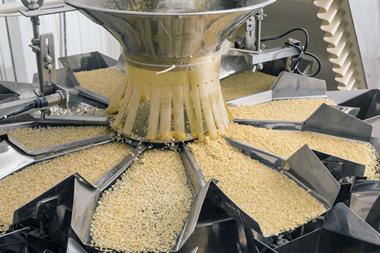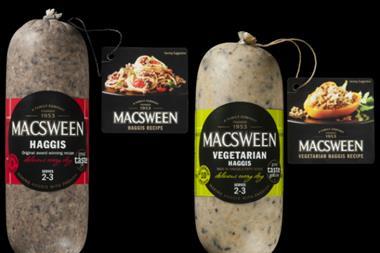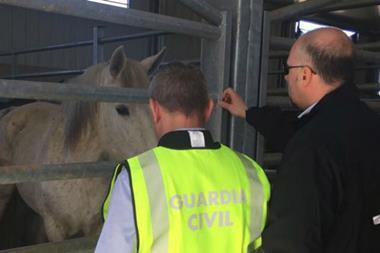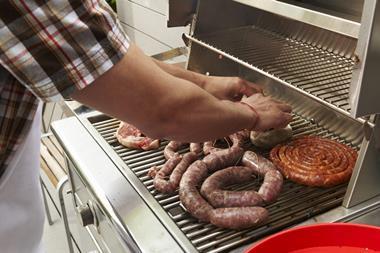
Britain is being blighted by the malign rise of American-style mega factory farms!
I’m paraphrasing, but that was the general gist of a joint investigation by The Guardian and Bureau of Investigative Journalism published yesterday, which revealed a sharp increase in the prevalence of these facilities over the past six years, and the spread of ‘US-style’ intensive factory farming.
‘The increase in mega farms – which critics describe as “cruel and unnecessary” – is part of a 26% rise in intensive factory farming in six years, a shift that is transforming the British countryside,’ warned the report.
It also noted there were more than 800 of these facilities now in operation in the UK – with all but 12 counties across the UK having at least one mega farm – and painted a picture of ‘mammoth sheds’ and complexes that looked like ‘something out of a sci-fi film’ defiling the countryside.
Headline-grabbing? Yes. Evocative? Absolutely. But 100% true? I would argue not. There’s a big difference in scale between most American “mega farms” and their British equivalents, not to mention differences in rules on welfare, animal husbandry and medicine use.
Arguing over the pros and cons of intensive farming is already a well-trodden path in the food sector. Indeed, pressure group Compassion in World Farming’s CEO Philip Lymbery gave a passionate defence of his opposition to what he calls “factory farming” in an interview with The Grocer just last month.
Unsurprisingly, the pork and poultry sectors see things very differently and are far from happy with the depiction of their larger production sites, particularly that comparison with US-style ‘feedlot’ operations – which are significantly bigger than anything the UK has to offer, says National Pig Association senior policy advisor Georgina Crayford.
She insists the UK pork sector does not “have those kinds of operations”, and comparisons with the US risk misleading consumers.
’Not accurate’
British Poultry Council CEO Richard Griffiths echoes these comments and points out it is “certainly not accurate” to suggest smaller-scale farming could feed the nation. Instead he insists the key issue to consider is the method of farming, rather than the size of the farm.
It’s a hugely emotive argument, whichever side of it you’re on, and represents the latest attack on the animal protein sectors, with eggs and dairy also bearing the brunt of protests and exposés in recent months.
These attacks all have in common a social media-led groundswell of opinion, which has largely originated in the US. Examples include the Dairy is Scary campaign and the push to eradicate caged hen eggs. Both started in the US, which has much lower welfare standards for egg production than the UK, for example.
But in this age of global media, these campaigns have quickly gained traction in the UK.
As we move closer towards Brexit, and a future outside the confines of EU regulation, challenging these perceptions and differentiating UK food production methods from often inferior overseas markets could become one of the biggest challenges to face the industry.



















No comments yet